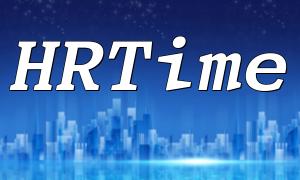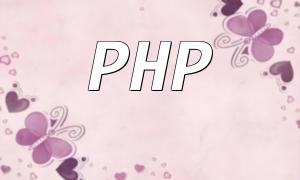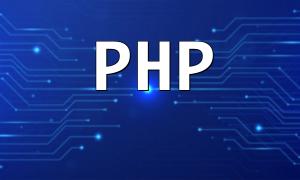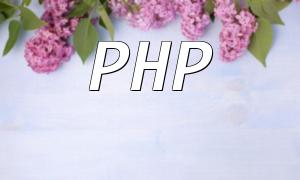In today's web development environment, choosing the right PHP framework is crucial for the success of a project. As the number of PHP frameworks continues to grow, developers face more choices. However, not every framework is perfect for every project, and developers must make informed decisions based on the specific requirements of their task. This article will explore how to select the most suitable PHP framework for your project.
Before choosing a PHP framework, it's important to clearly define your project requirements. This includes not only functional needs but also factors such as performance, security, maintainability, and scalability. Here are some key considerations:
Identifying the core features needed for your project is the first step in choosing a framework. For example, if your project involves extensive user interaction, you may need a framework that supports MVC architecture and AJAX, whereas a simple blog application might only require a lightweight framework.
Consider the technical stack and experience of your team. If your team is already familiar with a particular framework, it can improve development efficiency. Therefore, selecting a framework that aligns with your team's skills is a wise choice.
Choosing a popular PHP framework typically means it has stronger community support and more learning resources. An active community provides better documentation, plugins, and extensions to help developers solve problems.
You can evaluate the activity level of a framework’s community by checking its GitHub page, discussions on Stack Overflow, and responses on social media platforms. For example, Laravel and Symfony are both very popular frameworks with wide community support.
Performance and security are critical factors to consider when choosing a framework. Different frameworks can vary greatly in terms of handling requests and responses. Security, on the other hand, is directly related to the framework’s design and maintenance.
For high-performance web applications, you might consider using a framework like Swoole or using the Lumen version of Laravel to improve API response times. In actual development, you can run benchmarks to assess the performance of different frameworks.
Most modern PHP frameworks come with built-in security features, such as protection against SQL injection and cross-site scripting (XSS). Understanding which security mechanisms the framework provides can help you make the right choice.
Each framework has its own learning curve, and a lower learning curve means your team can get up to speed more quickly. The quality of the documentation also directly impacts development efficiency.
Some frameworks, like Laravel, are known for their simple syntax and flexibility, making them suitable for beginners. Symfony, on the other hand, may be more suitable for experienced developers, but its complexity can be overwhelming for newcomers. Conducting a simple pre-assessment of your team members to estimate the learning time for different frameworks can help you make a clearer choice.
Good documentation helps developers find solutions to problems quickly, reducing development time. Some frameworks offer official examples, video tutorials, and community articles that can positively influence the learning process.
Choosing the right PHP framework requires a comprehensive consideration of project requirements, team skills, framework popularity, performance, security, and learning curve. With the analysis above, developers should be able to make a more informed judgment on which framework will meet the specific needs of their task. Every project is unique, and finding the best framework will directly impact the success of the project. Before making a final decision, it's recommended to build a small prototype to test the framework's suitability for your project.
By following this approach, developers can quickly verify whether a framework meets their requirements, while also laying a solid foundation for their project.









